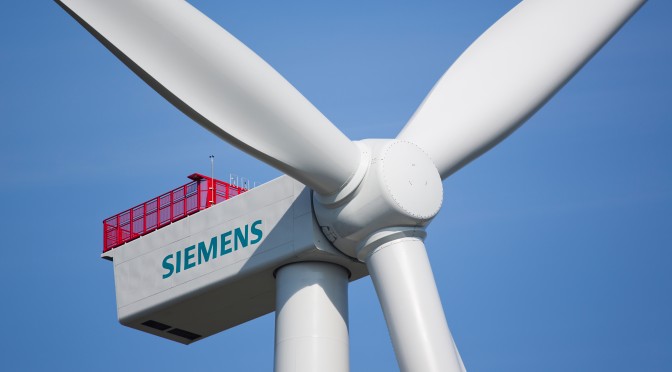Cape Wind has announced it has signed a contract with a joint-venture company to build the proposed Nantucket Sound wind farm, supplanting an announcement two years ago that the offshore wind energy developer had selected three other companies for the job.
The company — Weeks/Manson, a Joint Venture — will use skilled workers from the Boston and New England Maritime Trades Council, AFL-CIO, and a jack-up barge built by New Jersey-based Weeks Marine specifically to install offshore wind turbines, according to a statement released Tuesday by Cape Wind.
The companies replace the joint venture team of Flatiron Construction Corp., Cal Dive International Inc. and Cashman Equipment Corp., which Cape Wind officials said in 2012 would build the 130-turbine project.
“The other announcement was a selection but it was not a contract announcement,” Cape Wind spokesman Mark Rodgers said. “Ultimately we didn’t arrive at a contract that worked for all parties. What we’re announcing today is the execution of a contract.”
Representatives from Flatiron, Cal Dive and Cashman did not return telephone messages seeking comment on Tuesday’s announcement.
Audra Parker, president of Cape Wind’s primary opponent group, the Alliance to Protect Nantucket Sound, said the Cape Wind project has shown a pattern of indecision with changes in the projected cost, the construction companies and the port the company will use.
“It’s a history of broken promises,” Parker said. “These so-called vendors or partners or contractors should look closely at their track record.”
In addition, Cape Wind does not have all of the necessary financing to construct the project, she said.
Such changes are common with large projects, Rodgers said, adding that, at this point, all of the major contracts for the project have been announced.
Cape Wind expects to complete financing by the end of the year and start construction in the water next year, he said.
Rick Palmer , vice president of Weeks Marine and project director for the joint venture with Manson Construction Co., said the companies expect to use a number of different vessels to construct the project, including barges to transport the turbines’ monopiles to the project site.
A 260-foot-long barge named the R.D. MacDonald, which is the first of its kind built in the United States, was launched in Jacksonville, Florida, in 2012 and will be outfitted with a crane in Houma, Louisiana, next year, according to the announcement.
The crane will have a 280-foot boom, giving it a reach of more than 350 feet in the air when the barge is jacked up offshore, according to the statement. The barge will be able to carry three turbines at a time and will have racks to carry turbine blades, according to the statement.
A second jack-up barge would be located at the wind farm site to meet a tight time schedule, Palmer said.
“We have to erect all of the turbines basically in one season,” he said.
While the R.D. MacDonald is allowed to transport turbines from port to the construction site, the 1920 Jones Act restricts foreign vessels from doing so. A foreign jack up barge could, however, receive turbine parts from a transport barge and install them onsite.
The R.D. MacDonald will be used to both transport and install the monopiles, he said.
“Any barge that transports components will be Jones Act compliant,” Palmer said.
In December Cape Wind announced that it had finalized a deal with German-based Siemens AG to buy turbines and other infrastructure for the project.
It’s still unclear whether Cape Wind will base its construction operations out of New Bedford or Rhode Island or both. The company recently signed a lease option with the Quonset Development Corp. in Rhode Island and already had a similar lease option in place for the New Bedford Marine Commerce Terminal, which is still under construction.


